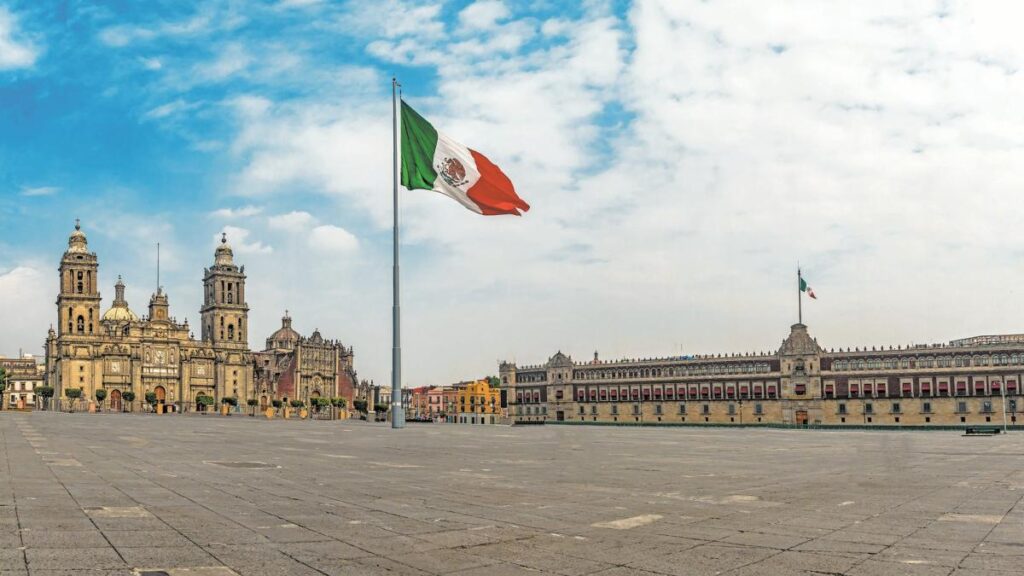Background on CEPAL and its Relevance
The Comisión Económica para América Latina y el Caribe (CEPAL) is a United Nations specialized agency dedicated to promoting economic cooperation and integration among Latin American and Caribbean countries. CEPAL’s analysis and forecasts are highly regarded due to their comprehensive approach and extensive regional coverage.
CEPAL’s Unchanged Growth Projection for Mexico
In its recent Economic Study of Latin America and the Caribbean, CEPAL maintained its growth projection for Mexico at 0.3% for 2025, as it had in April.
José Manuel Salazar Xirinachs, CEPAL’s Executive Secretary, detailed that the estimated PIB growth for Mexico in 2025 incorporates the negative impact of reduced growth from its primary trading partner, the United States.
Factors Influencing Mexico’s Economic Slowdown
- Lower growth from the United States, Mexico’s main trading partner
- Decreased investment due to uncertainty caused by US tariffs
- Slowdown in remittances from the US to Mexico
- Job contraction in the manufacturing sector
Impact on Mexican Families and Poverty Levels
Salazar Xirinachs addressed the consequences of stricter US migration policies and falling remittances on Mexico’s most vulnerable families.
He explained that remittances typically stimulate domestic consumption and account for 3.5% of Mexico’s GDP. Therefore, a decline in these funds will significantly affect the purchasing power of recipient families.
Mexico’s Economic Performance in Comparison to the Region
Should CEPAL’s forecast prove accurate, Mexico will experience its third consecutive year of growth below the regional average, which is projected at 2.2% for 2025.
Prior to the tariff uncertainty, Mexico’s economy was already in a slowdown due to reduced domestic consumption and internal demand.
Key Questions and Answers
- Q: What is CEPAL’s current growth projection for Mexico in 2025? A: CEPAL predicts a GDP growth of 0.3% for Mexico in 2025.
- Q: What factors are contributing to Mexico’s economic slowdown? A: The factors include reduced growth from the US, decreased investment due to tariff uncertainty, slowdown in remittances, and job contraction in the manufacturing sector.
- Q: How will stricter US migration policies and falling remittances affect Mexican families? A: Remittances typically stimulate domestic consumption, and a decline in these funds will significantly impact the purchasing power of recipient families.
- Q: How does Mexico’s projected growth compare to the regional average? A: If CEPAL’s forecast is correct, Mexico will grow below the regional average of 2.2% for 2025, marking its third consecutive year of slower growth.






